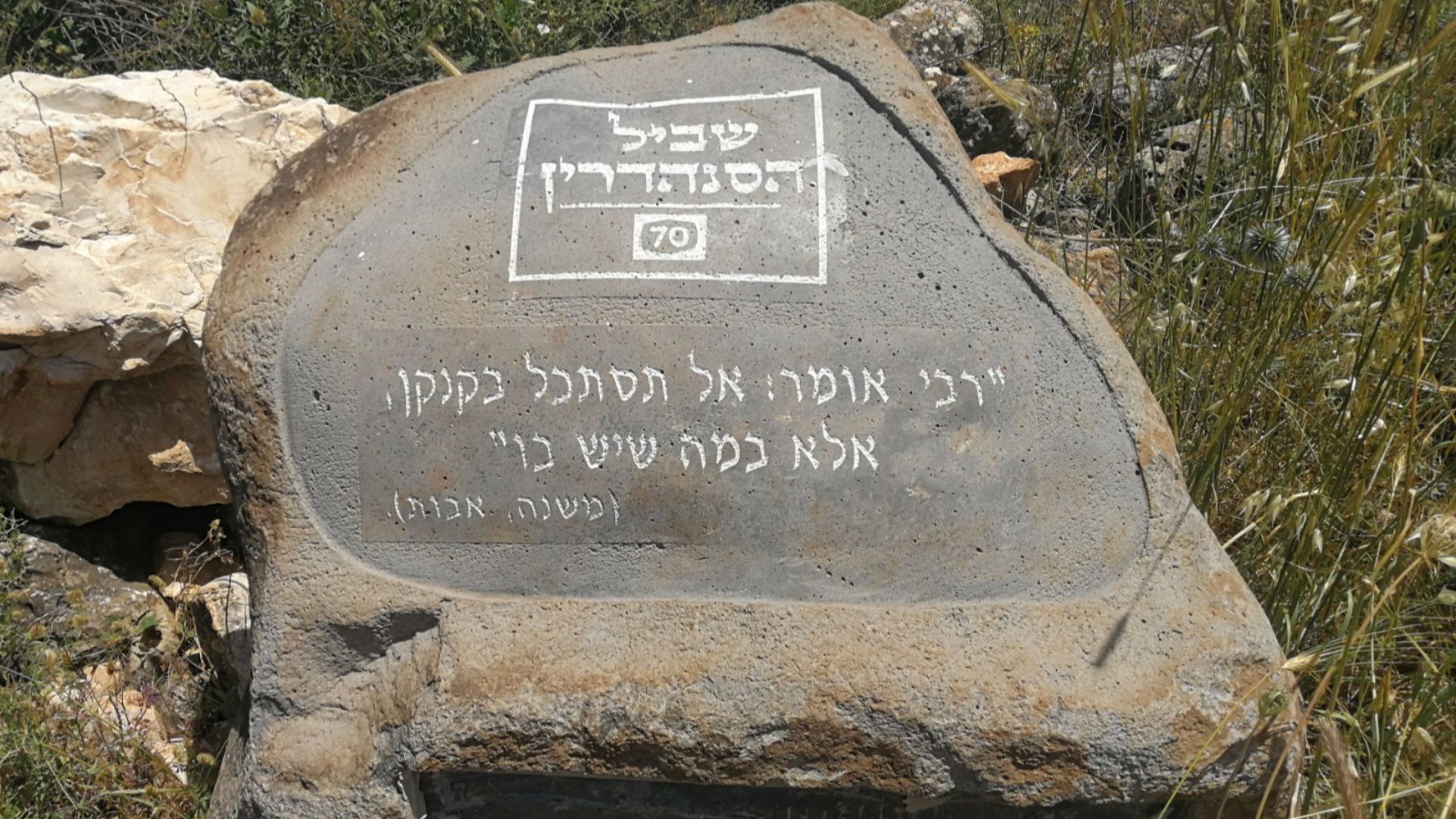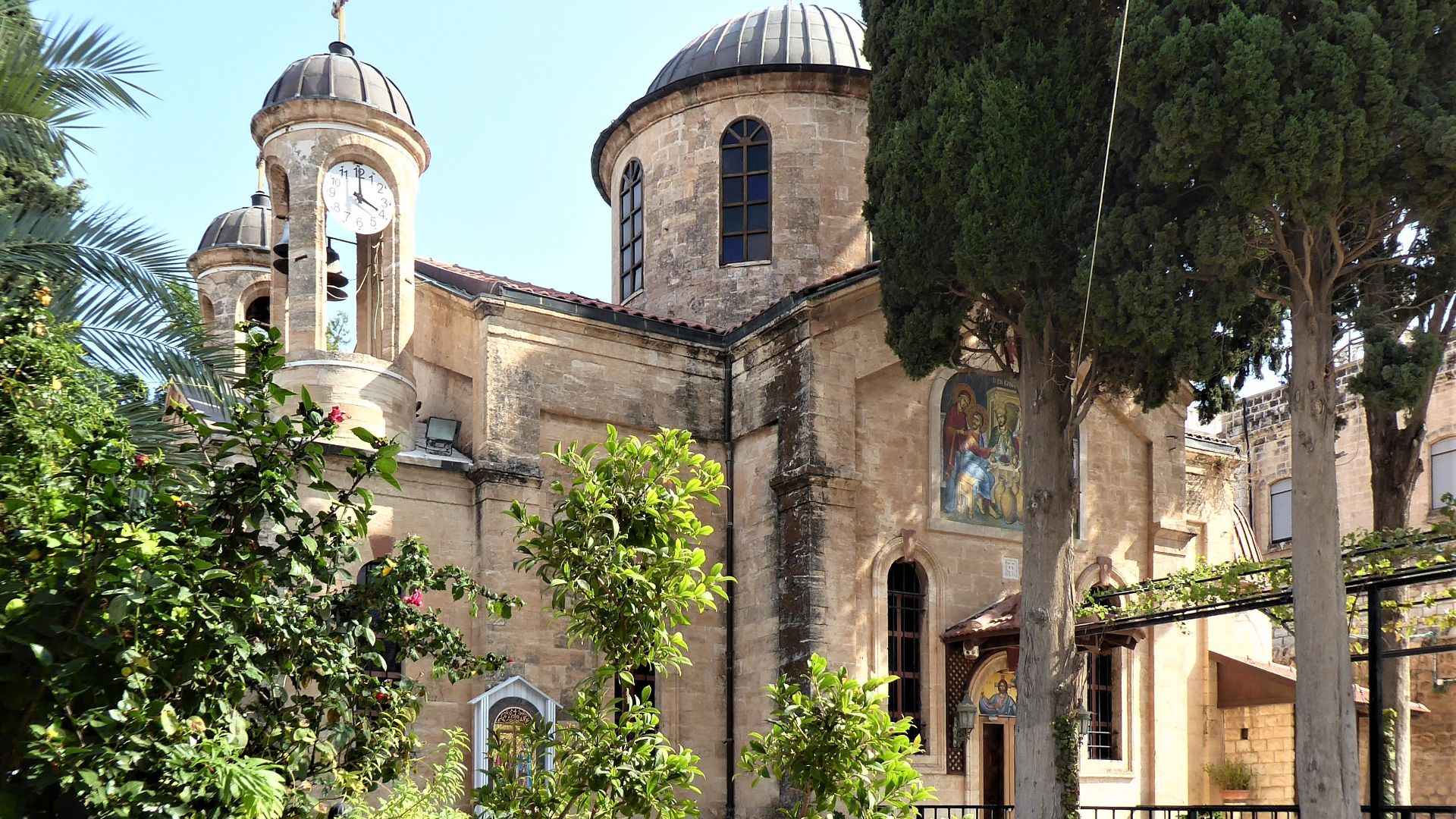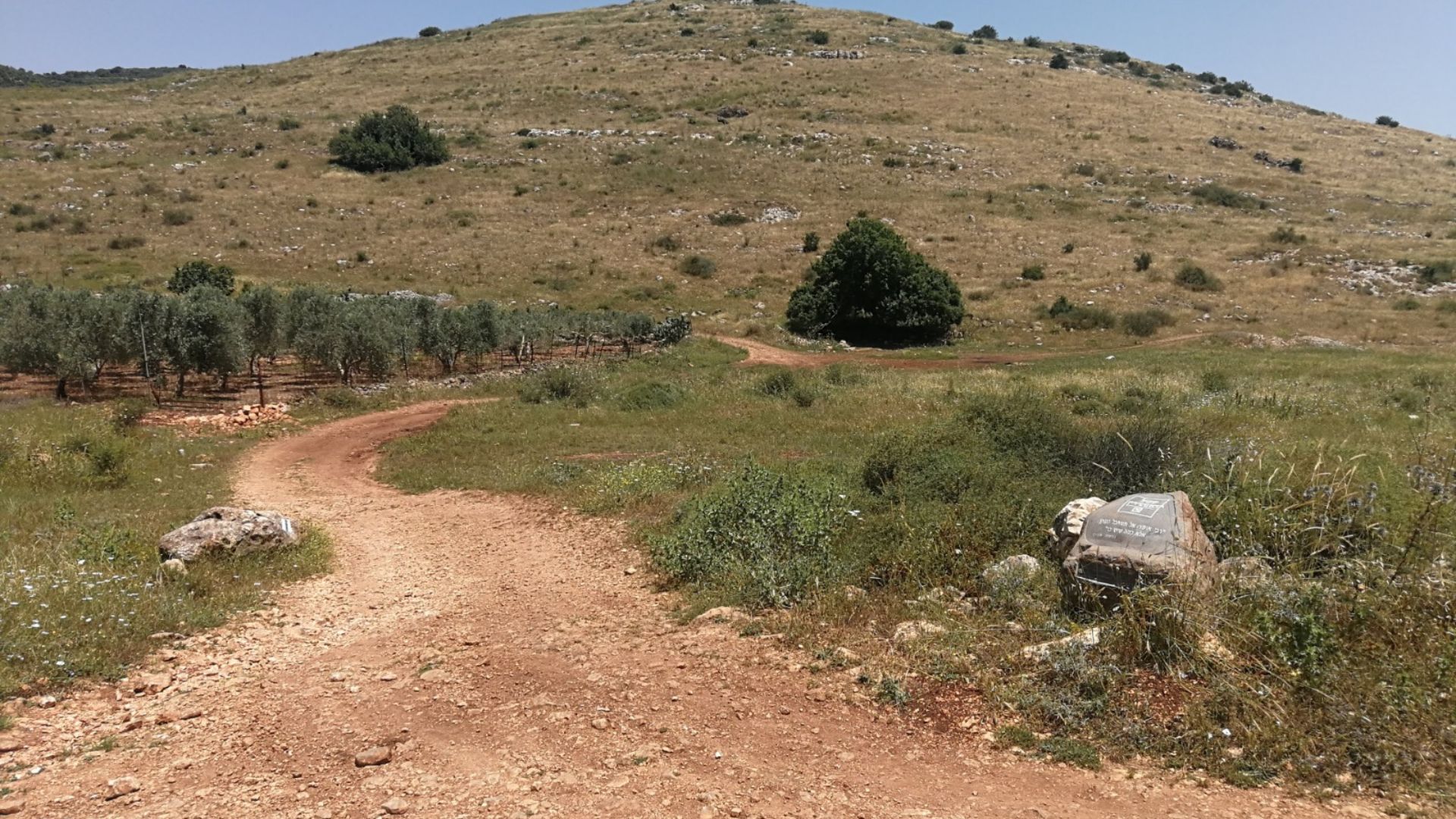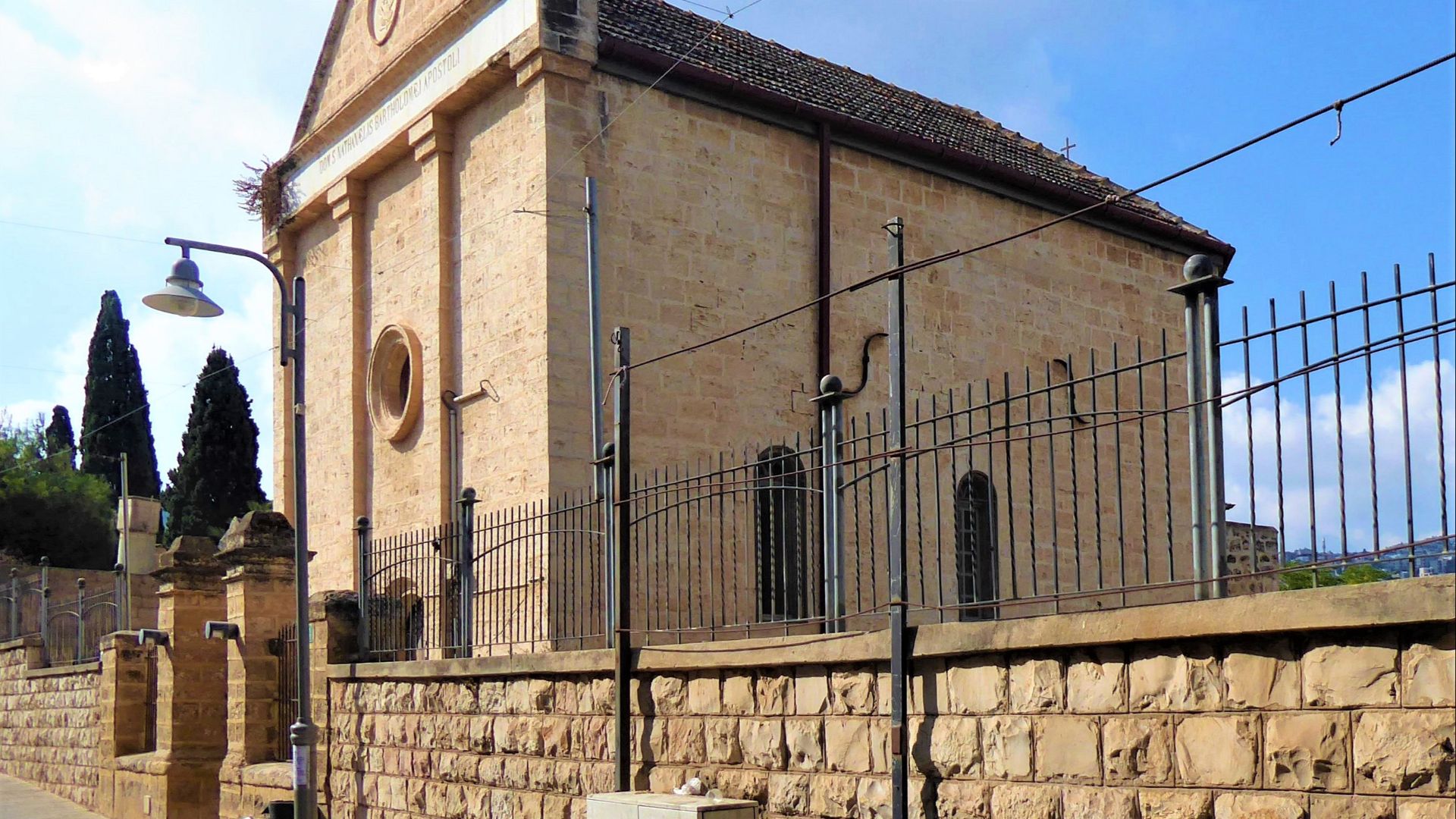Once Upon a Wedding Feast in Galilee
For centuries, Christians have honored a town in northern Israel as the site of Jesus’s first miracle—turning water into wine at a wedding. But a decades-long excavation at a different site now offers what one archaeologist calls “persuasive evidence” that the true location may lie elsewhere—at an ancient hilltop village known as Khirbet Qana.
Tradition Points to Kafr Kanna—But Does the Evidence?
Kafr Kanna, just northeast of Nazareth, has been the traditional site since the 17th century, attracting pilgrims from around the world. But the identification was based more on convenience than archaeology. Now, some scholars believe the real Cana may have been misidentified for centuries.
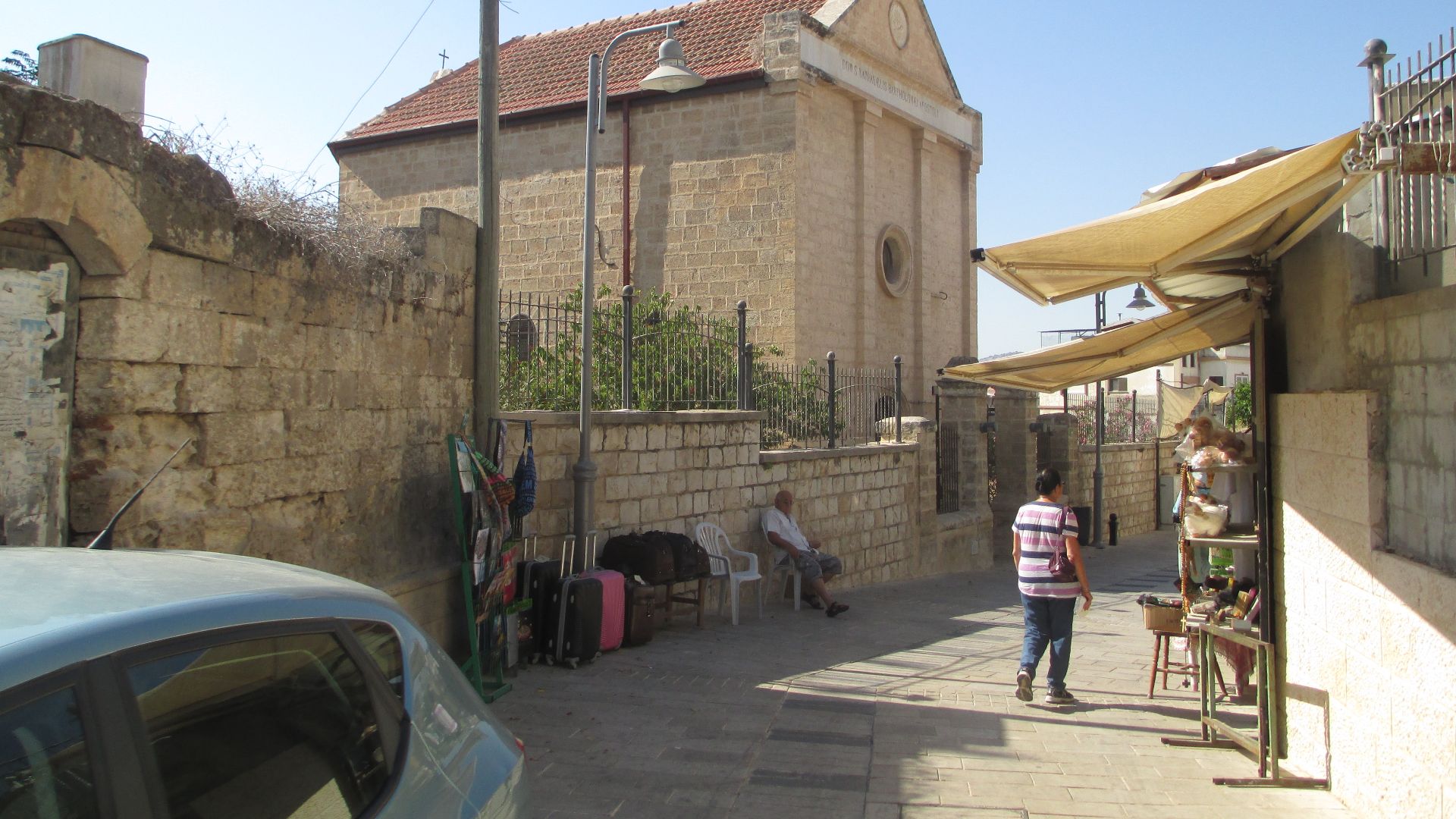 Avi1111 dr. avishai teicher, Wikimedia Commons
Avi1111 dr. avishai teicher, Wikimedia Commons
Enter Khirbet Qana, the Biblical Underdog
Located about 12 kilometers northwest of Nazareth, Khirbet Qana has emerged as the strongest archaeological candidate for the Biblical Cana. The site was inhabited during Jesus’s lifetime and shows signs of Jewish and Christian activity spanning centuries—including evidence of religious veneration directly tied to the miracle account.
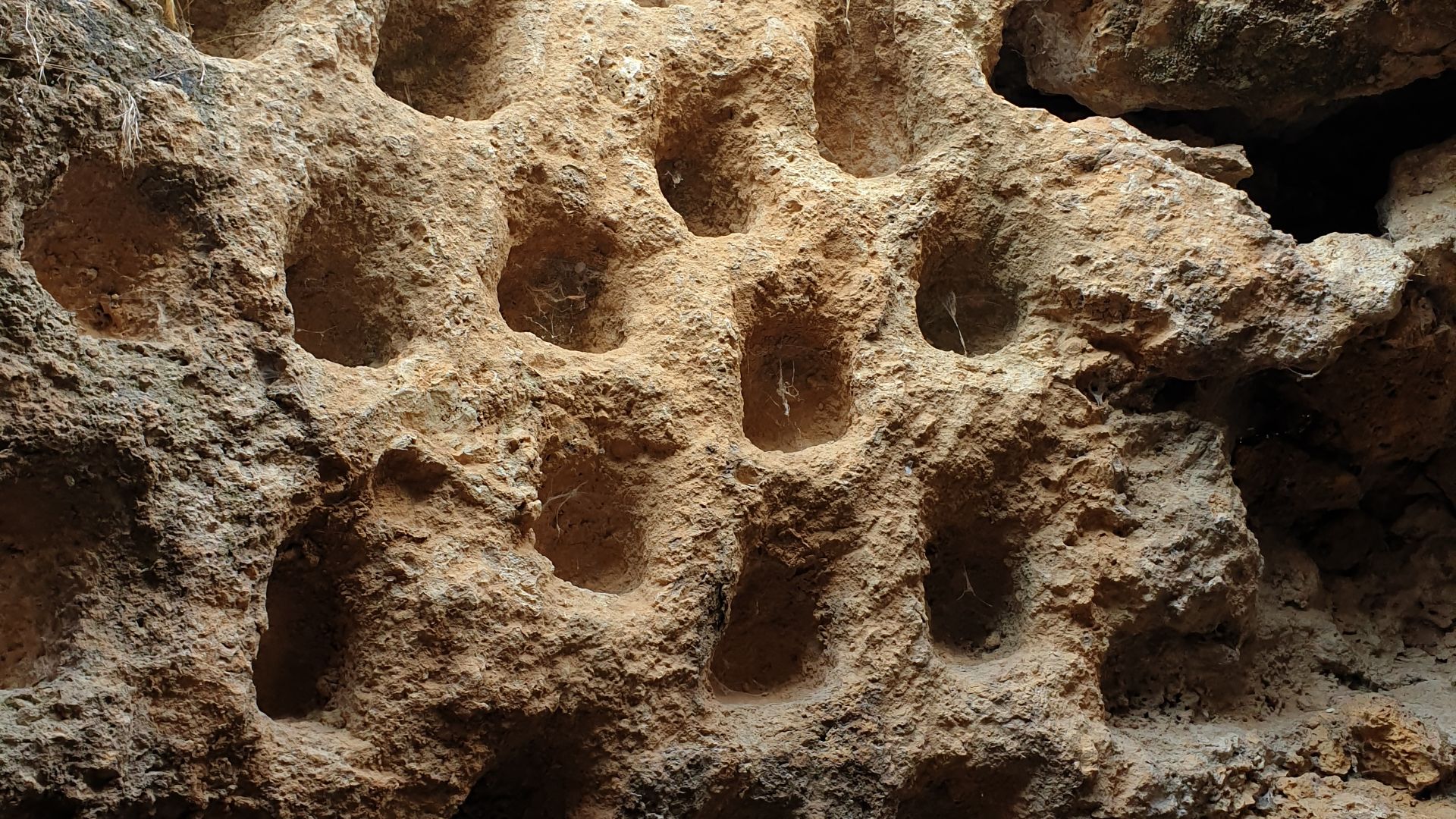 Owenglyndur, Wikimedia Commons
Owenglyndur, Wikimedia Commons
A Dig That’s Been in the Making Since the '90s
Archaeological work at Khirbet Qana began in 1998 under Douglas Edwards and later transitioned to Dr. Tom McCollough, now retired from Centre College. The dig has uncovered domestic structures, coins, pottery, and ritual installations that reflect life in a first-century Jewish village—exactly the setting described in the Gospel of John.
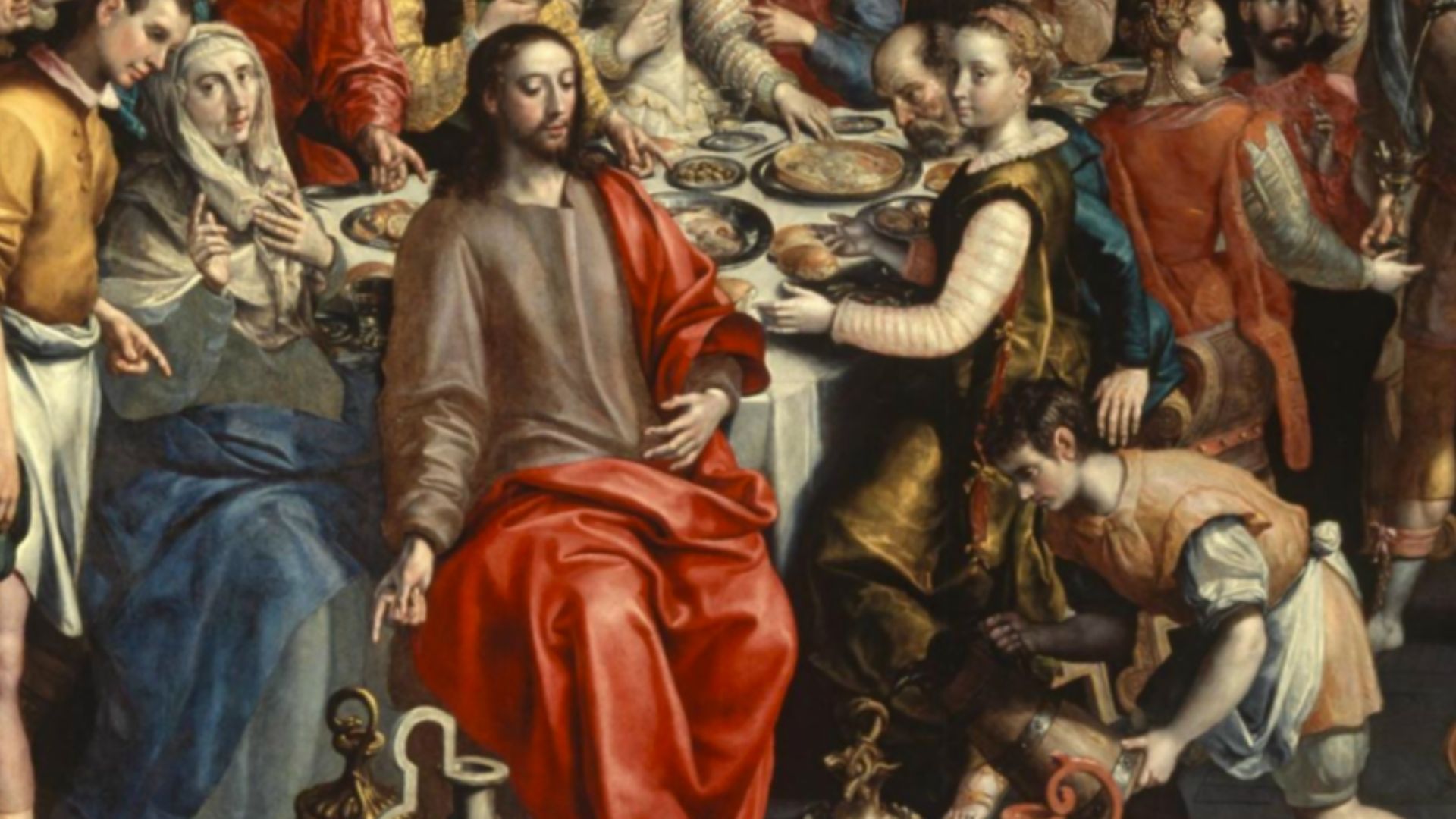 Maerten de Vos, Wikimedia Commons
Maerten de Vos, Wikimedia Commons
A Cave Shrine Beneath the Ruins
The most compelling feature of Khirbet Qana isn’t above ground—it’s underground. A cave complex believed to have been used as a Christian pilgrimage shrine was discovered beneath the village. It includes a carved stone bench, an altar fashioned from a sarcophagus lid, and wall carvings made by pilgrims over hundreds of years.
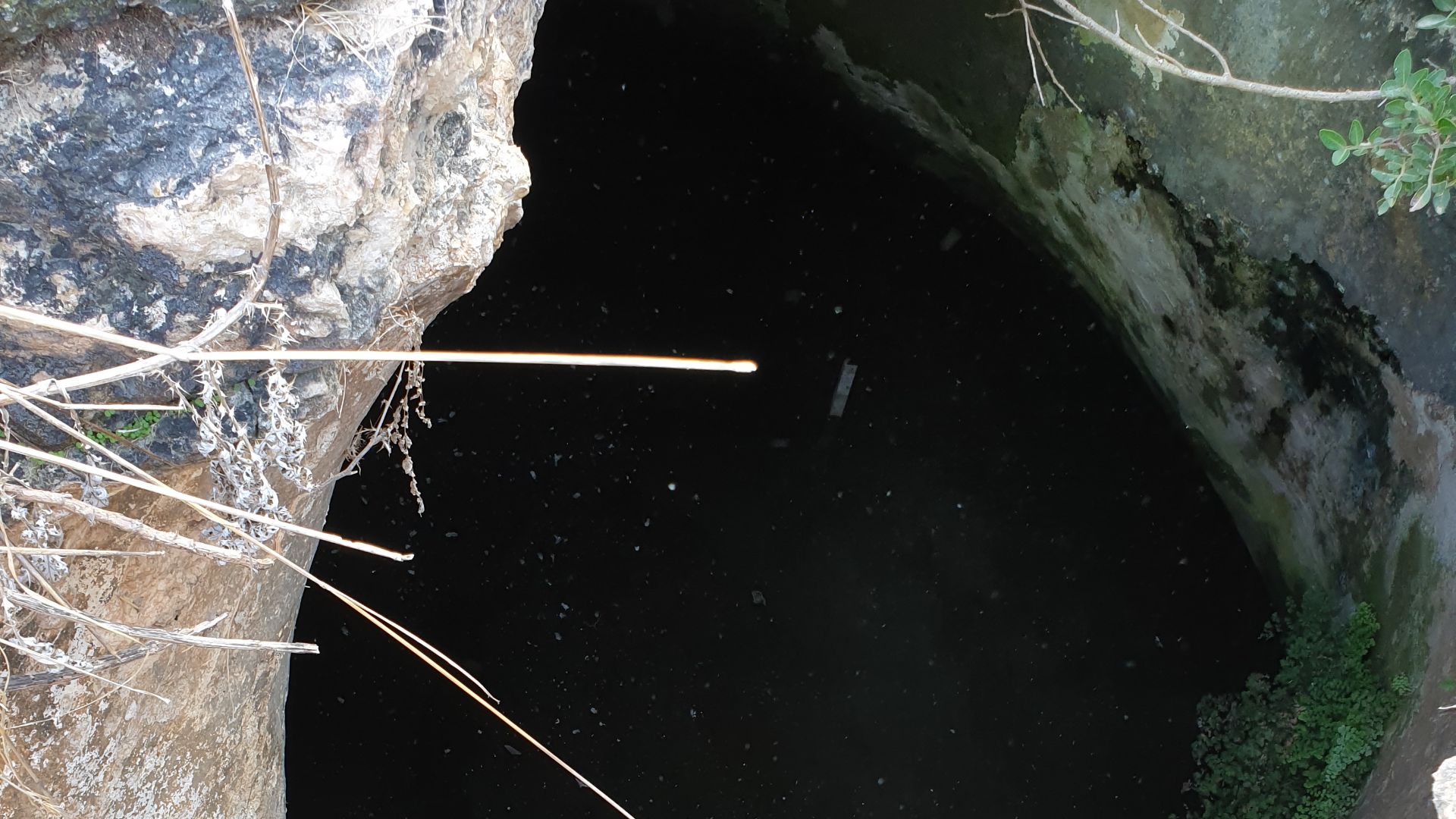 Owenglyndur, Wikimedia Commons
Owenglyndur, Wikimedia Commons
Inscriptions That Whisper of Jesus
Within the cave are Byzantine and Crusader-era inscriptions, including Christian symbols, crosses, and the Greek phrase “Kyrie Iesou” (Lord Jesus). These inscriptions, dated between the 5th and 12th centuries, point to a longstanding tradition of veneration tied to Jesus and his miracles—specifically, the wedding at Cana.
 Edal Anton Lefterov, CC BY-SA 3.0, Wikimedia Commons
Edal Anton Lefterov, CC BY-SA 3.0, Wikimedia Commons
Six Jars, Just Like the Gospel Said
Most striking of all, the cave contains a stone shelf with two large stone jars still in place—and clear impressions showing space for four more. That’s six in total, matching the six stone water jars described in John 2:6. Scholars view this as a symbolic yet concrete clue linking the site to the miracle.
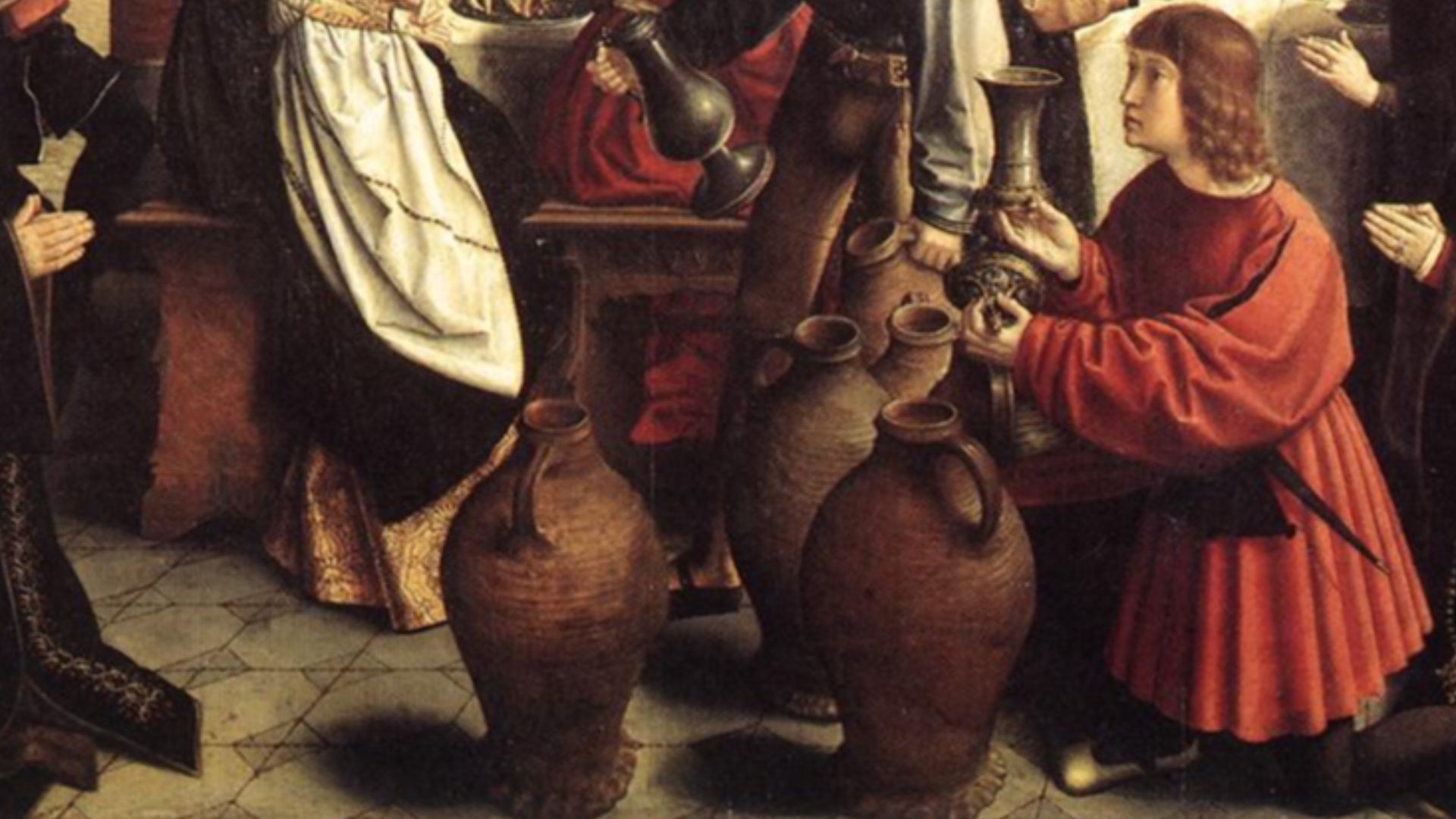 Gerard David, Wikimedia Commons
Gerard David, Wikimedia Commons
Pilgrims Believed in Khirbet Qana for Centuries
From the Byzantine period to the Crusades, Christian pilgrims consistently identified Khirbet Qana as the site of Jesus’s first miracle. Medieval pilgrims like Saewulf and Burchard of Mount Sion wrote about visiting the place. Even 14th-century maps placed Cana here—long before the rise of Kafr Kanna as a pilgrimage hub.
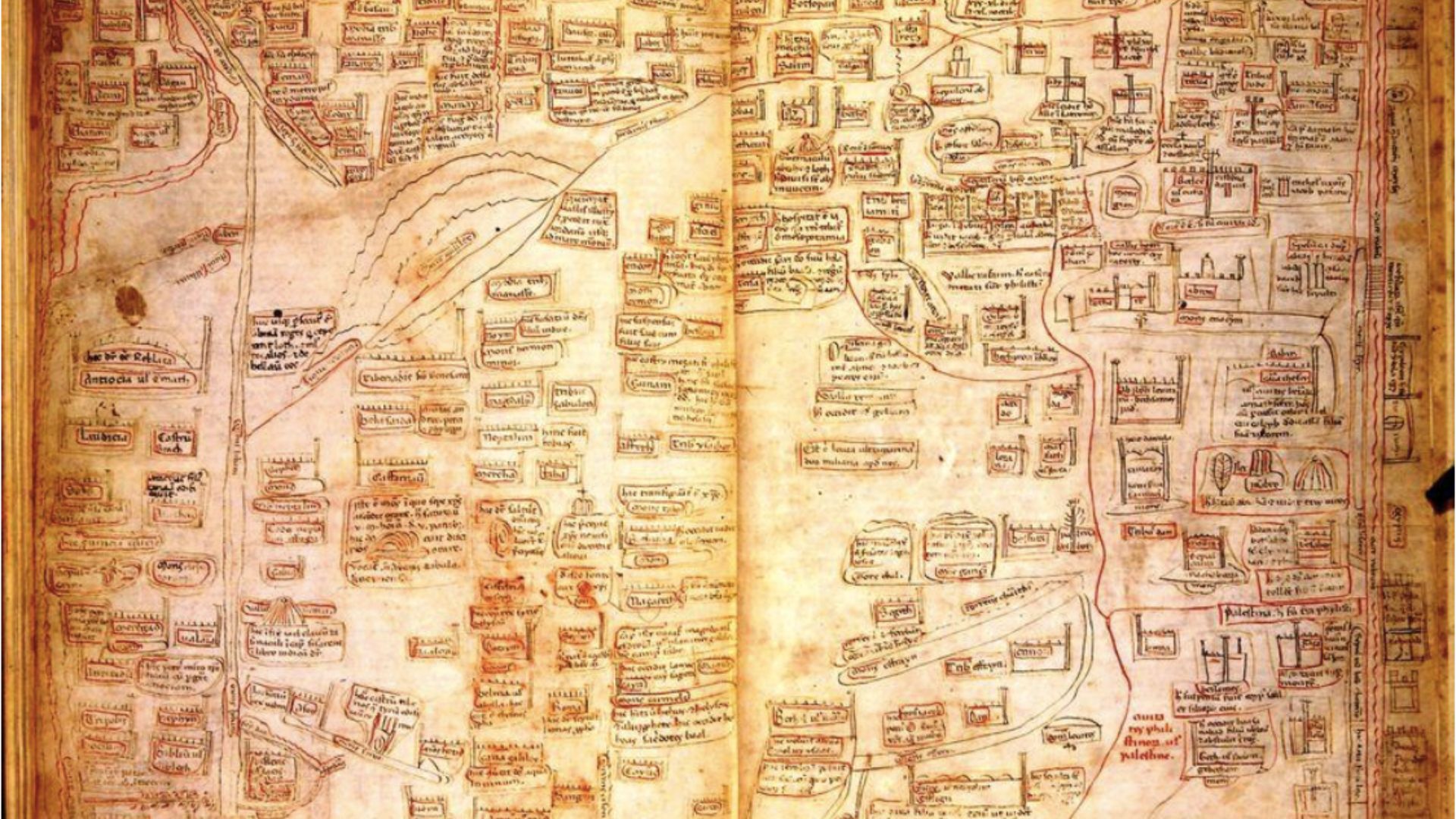 Burchard of Mount Sion, Wikimedia Commons
Burchard of Mount Sion, Wikimedia Commons
Josephus May Back It Up Too
The 1st-century Jewish historian Flavius Josephus mentioned a village called Cana in his writings—situated in Galilee, near Sepphoris and on the way to Tiberias. Khirbet Qana matches this location far better than Kafr Kanna, thus adding historical weight to the claim.
 Scan by NYPL, Wikimedia Commons
Scan by NYPL, Wikimedia Commons
What Makes a Site “Persuasive”?
According to McCollough, what makes Khirbet Qana stand out is the convergence of multiple lines of evidence: you got a Jewish village occupied during Jesus’s life, a cave shrine used for centuries, six symbolic jars, and centuries of early Christian recognition. No other site offers so many on-point pieces of evidence.
The Long Memory of the Cave
Archaeological layers confirm the cave shrine was in use from the 5th to the 12th centuries. It was modified over time—its altar added during the Byzantine period, and its carvings maintained even under Crusader control. That’s at least 700 years of reverence at a single location.
Not Just a Pile of Old Jars
Stone jars from the first century are common across Galilee, but their placement here—on a built-in stone shelf in a Christian shrine—suggests intentional connection to John’s miracle narrative, not just household reuse. Context matters, and this one is loaded with meaning.
So Why Is Kafr Kanna Still the Popular Choice?
Kafr Kanna gained prominence due to accessibility and tradition—especially after Franciscan friars began promoting the site during the Ottoman era. Today, it’s home to the Church of the Wedding, and remains a major Christian pilgrimage destination despite having less archaeological support than Khirbet Qana.
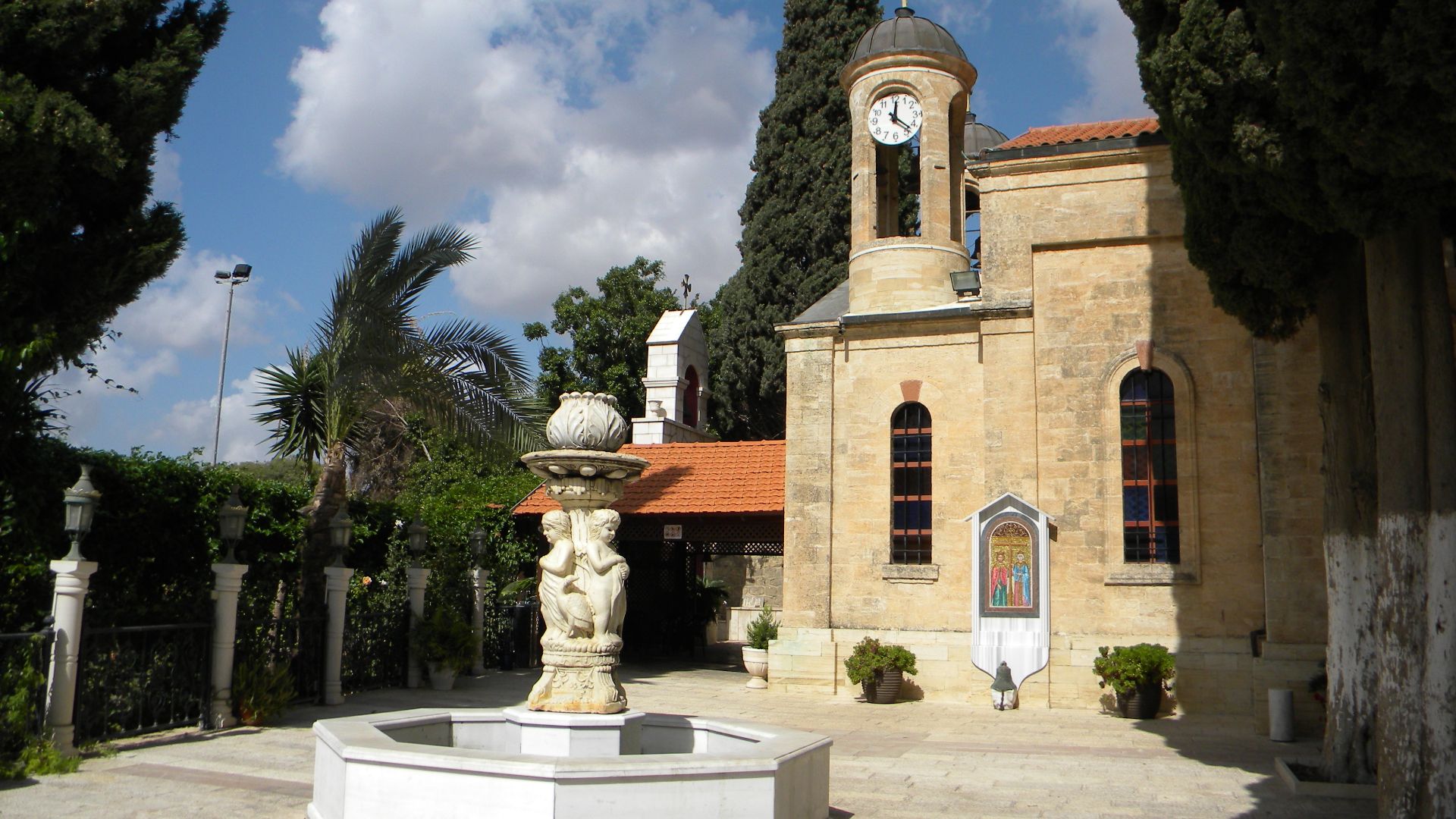 Britchi Mirela, Wikimedia Commons
Britchi Mirela, Wikimedia Commons
Comparing the Two Cana Candidates
Kafr Kanna: modern, developed, church-rich—but no ancient shrine or miracle-specific artifacts. Khirbet Qana: less accessible, largely uncommercialized—but with ruins, inscriptions, jars, and a tradition dating back over a thousand years. Scholars are increasingly favoring the latter for historical accuracy.
Early Maps and Christian Memory
Ancient maps like those drawn by Petrus Vesconte in the 14th century clearly place Cana at Khirbet Qana’s location. These early cartographic records show a pre-modern consensus on the site’s authenticity that may have been overshadowed by convenience in later centuries.
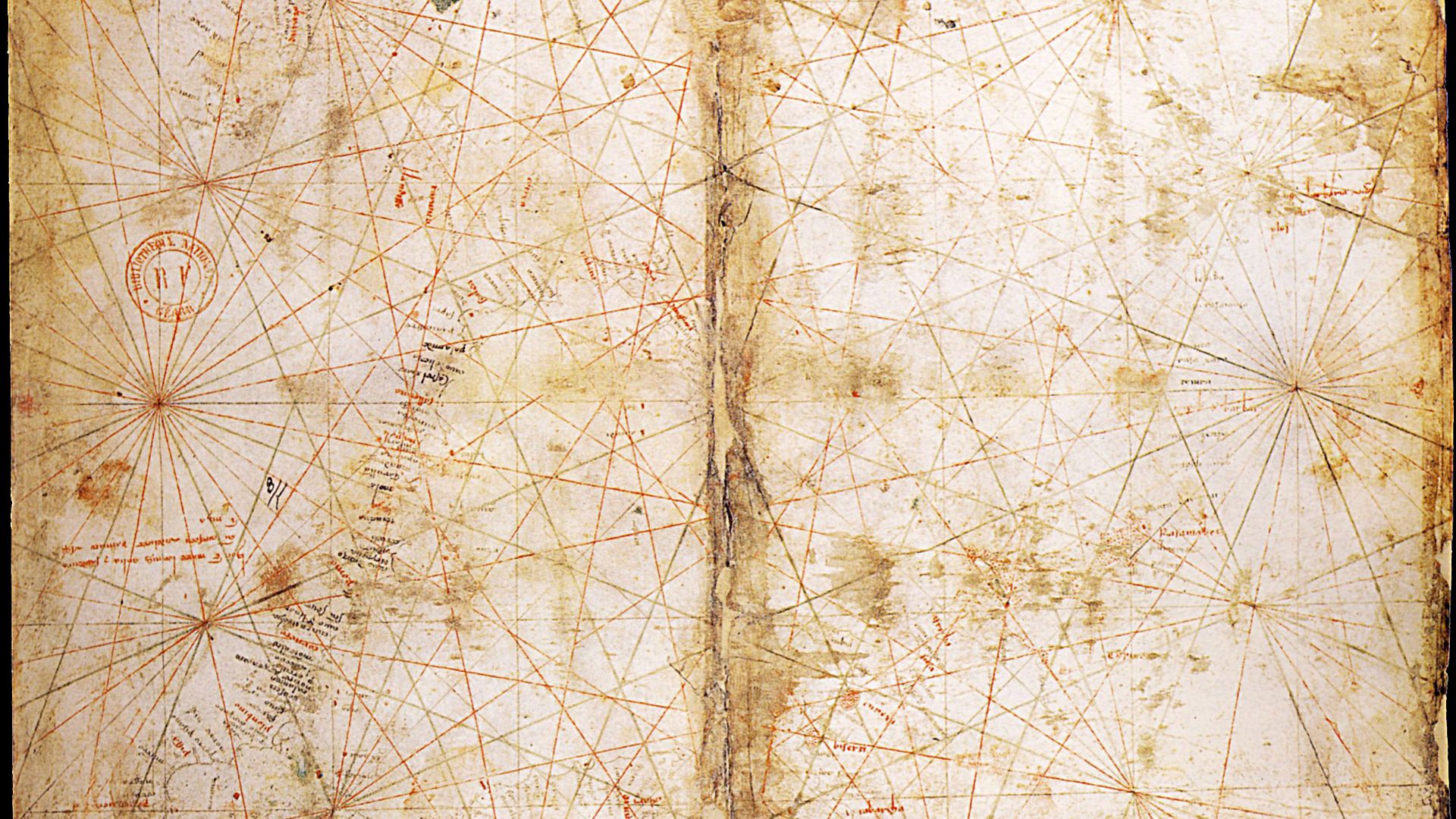 Pietro Vesconte, Wikimedia Commons
Pietro Vesconte, Wikimedia Commons
Other Proposed Sites—What About Lebanon?
Some Christian communities, particularly in Lebanon, identify Qana in southern Lebanon as the miracle site. While significant in tradition, this location is geographically implausible given the Gospel narrative and lacks archaeological signs of early Christian veneration.
 Orient at de.wikipedia, CC BY-SA 2.0 DE, Wikimedia Commons
Orient at de.wikipedia, CC BY-SA 2.0 DE, Wikimedia Commons
Could Reineh or Other Sites Fit?
In the 19th century, some scholars proposed sites like Reineh, citing proximity to Nazareth. But excavations there didn’t reveal structures or artifacts related to Jewish or Christian religious practice—no shrine, no jars, no inscriptions. Khirbet Qana remains the only site with the full ensemble.
What Experts Are Saying
Dr. McCollough has said that no other site has “the ensemble of evidence” that Khirbet Qana offers. His work has been cited in respected outlets like Biblical Archaeology Review, The Jerusalem Post, and The New York Post, sparking new discussion among scholars and religious leaders alike.
 In search of the real Cana, where Jesus turned water into wine, Sergio & Rhoda in Israel
In search of the real Cana, where Jesus turned water into wine, Sergio & Rhoda in Israel
Not All Scholars Are Convinced—Yet
Skeptics argue that stone jars alone can’t prove anything, and that tradition still carries weight. But even those who hesitate to confirm the site as definitive agree that Khirbet Qana deserves serious consideration based on its archaeological profile.
 In search of the real Cana, where Jesus turned water into wine, Sergio & Rhoda in Israel
In search of the real Cana, where Jesus turned water into wine, Sergio & Rhoda in Israel
Can Tourism Shift With the Evidence?
Khirbet Qana is not a developed tourist site—at least not yet. But that could very well change. If more institutions recognize it as the authentic Cana, it could transform Holy Land pilgrimage routes and encourage more historically informed religious tourism.
A Real Place for a Real Moment
Even for those who view the miracle as symbolic or metaphorical, the idea of identifying the place where it may have occurred adds historical texture to religious tradition. Whether you’re a believer or a curious traveler, Khirbet Qana offers a link to the world Jesus walked through.
 In search of the real Cana, where Jesus turned water into wine, Sergio & Rhoda in Israel
In search of the real Cana, where Jesus turned water into wine, Sergio & Rhoda in Israel
The Future of the Dig
McCollough and others hope for further excavation, carbon dating, and conservation. Plans are underway to explore nearby structures and secure additional funding. Every artifact helps build a clearer picture of Cana's past—and what it meant to early Christians.
 In search of the real Cana, where Jesus turned water into wine, Sergio & Rhoda in Israel
In search of the real Cana, where Jesus turned water into wine, Sergio & Rhoda in Israel
From Scripture to Soil
The Gospel of John frames Jesus’s first miracle as a turning point—from private teacher to public figure. With sites like Khirbet Qana, archaeology gives us tools to understand how that moment may have been preserved in physical space by generations of believers.
 Giorgio Vasari, Wikimedia Commons
Giorgio Vasari, Wikimedia Commons
Want to Visit? You Can
Though less developed than Kafr Kanna, Khirbet Qana is open to visitors. For those interested in combining spiritual reflection with historical inquiry, it’s a quiet but powerful alternative to more commercial pilgrimage sites.
A Story Written in Stone
The evidence uncovered at Khirbet Qana doesn’t just suggest a miracle—it tells a story of memory, of how early Christians preserved sacred moments not just in text, but in altars, carvings, and caves. That might be the real miracle here.
 In search of the real Cana, where Jesus turned water into wine, Sergio & Rhoda in Israel
In search of the real Cana, where Jesus turned water into wine, Sergio & Rhoda in Israel
Stone Jars in Jewish Ritual Life
The six stone water jars in the Gospel of John were used for Jewish purification rituals. Unlike clay, stone was considered ritually pure. Archaeologists have found similar jars across Galilee, but their placement within a Christian shrine at Khirbet Qana makes this find especially significant.
 Stone water pots in John 2:6, Craig Keener
Stone water pots in John 2:6, Craig Keener
What Were These Jars Made Of?
These jars were typically carved from local limestone and could hold 20 to 30 gallons of water. Their durability and ceremonial use made them a staple in 1st-century Jewish households. At Khirbet Qana, the jars appear to have been deliberately displayed—possibly to reference the miracle story.
 Water into WIne - Bibledex Verses, bibledex
Water into WIne - Bibledex Verses, bibledex
Why the Wedding at Cana Mattered
In the Gospel of John, the wedding at Cana is Jesus’s first public miracle. It marks the start of his ministry and reveals his divine authority. The story also symbolizes transformation—water into wine, doubt into faith—a theme that resonates throughout the Gospel narrative. This was a big deal!
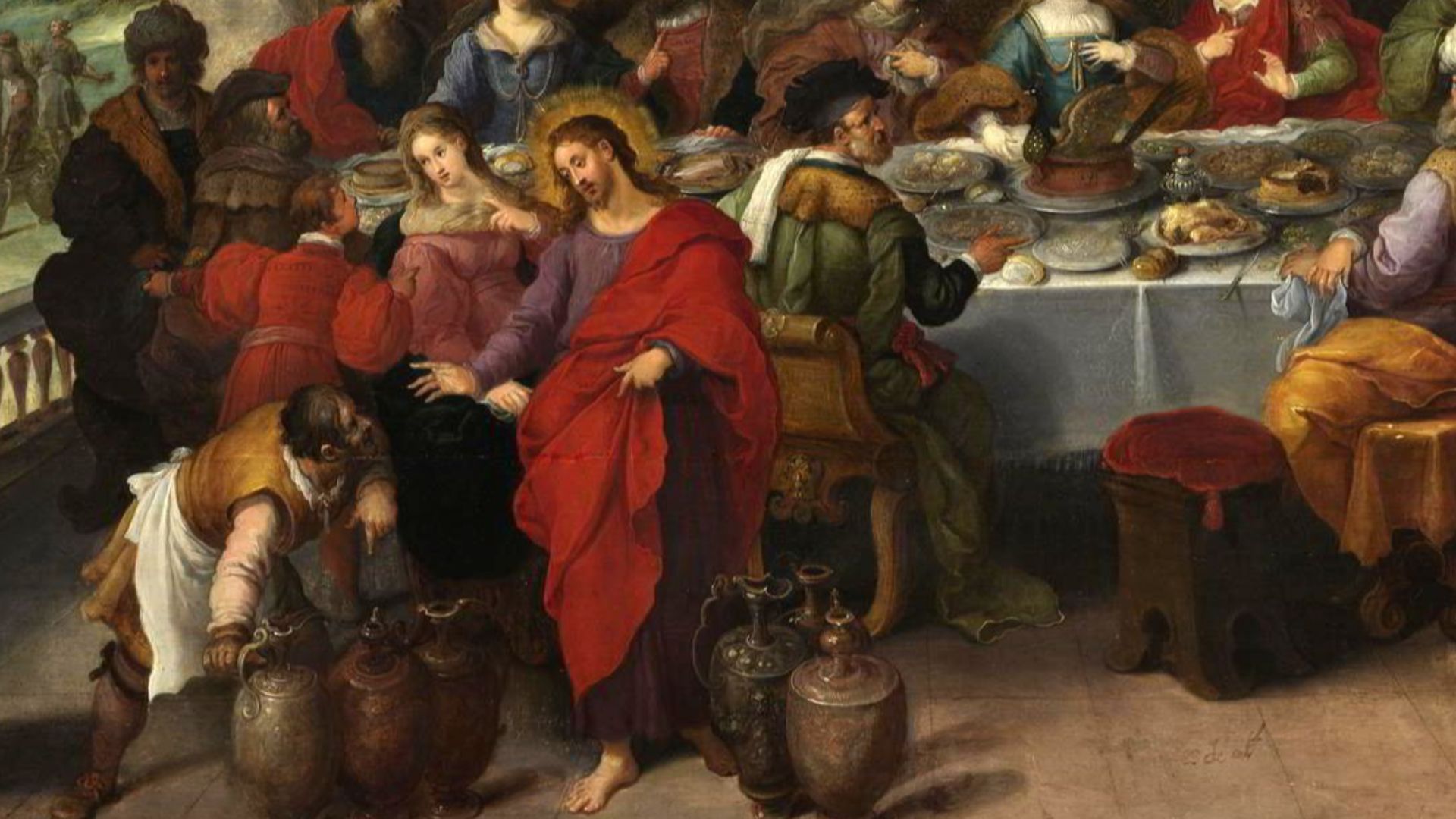 Frans Francken the Younger, Wikimedia Commons
Frans Francken the Younger, Wikimedia Commons
A Closer Look at John 2:1–11
The passage describes a wedding feast where Jesus turns water into wine after the host runs out. His mother plays a key role, prompting him to act. The six stone jars mentioned are used for Jewish rites, grounding the story in a historical cultural setting.
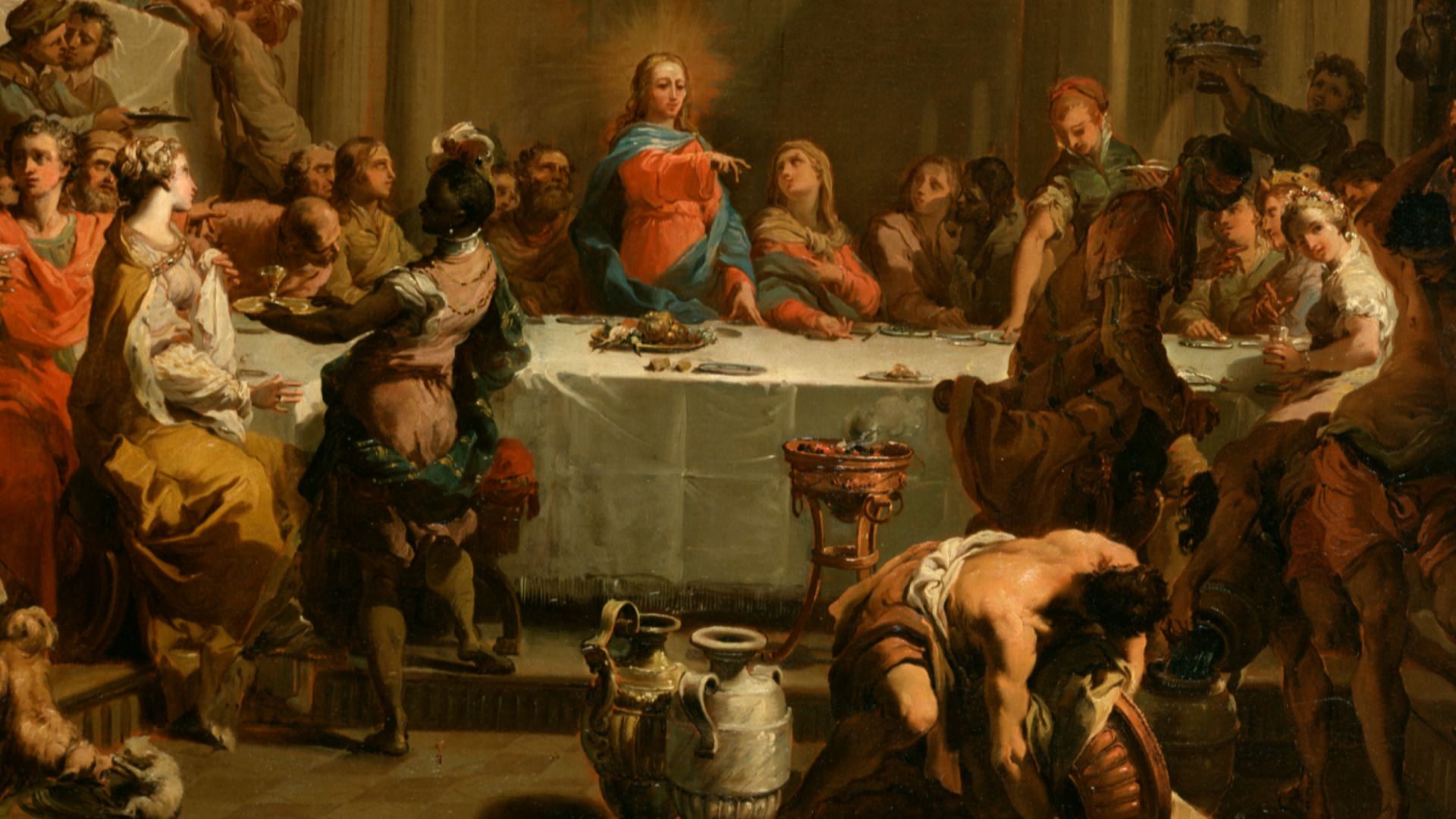 Gaetano Gandolfi, Wikimedia Commons
Gaetano Gandolfi, Wikimedia Commons
Christian Pilgrimage in the Byzantine Era
During the Byzantine period (4th–7th centuries), Christian pilgrimage flourished. Pilgrims looked for sites associated with Jesus’s life. Shrines like the one at Khirbet Qana were built to memorialize events and thus became focal points for worship and commemoration.
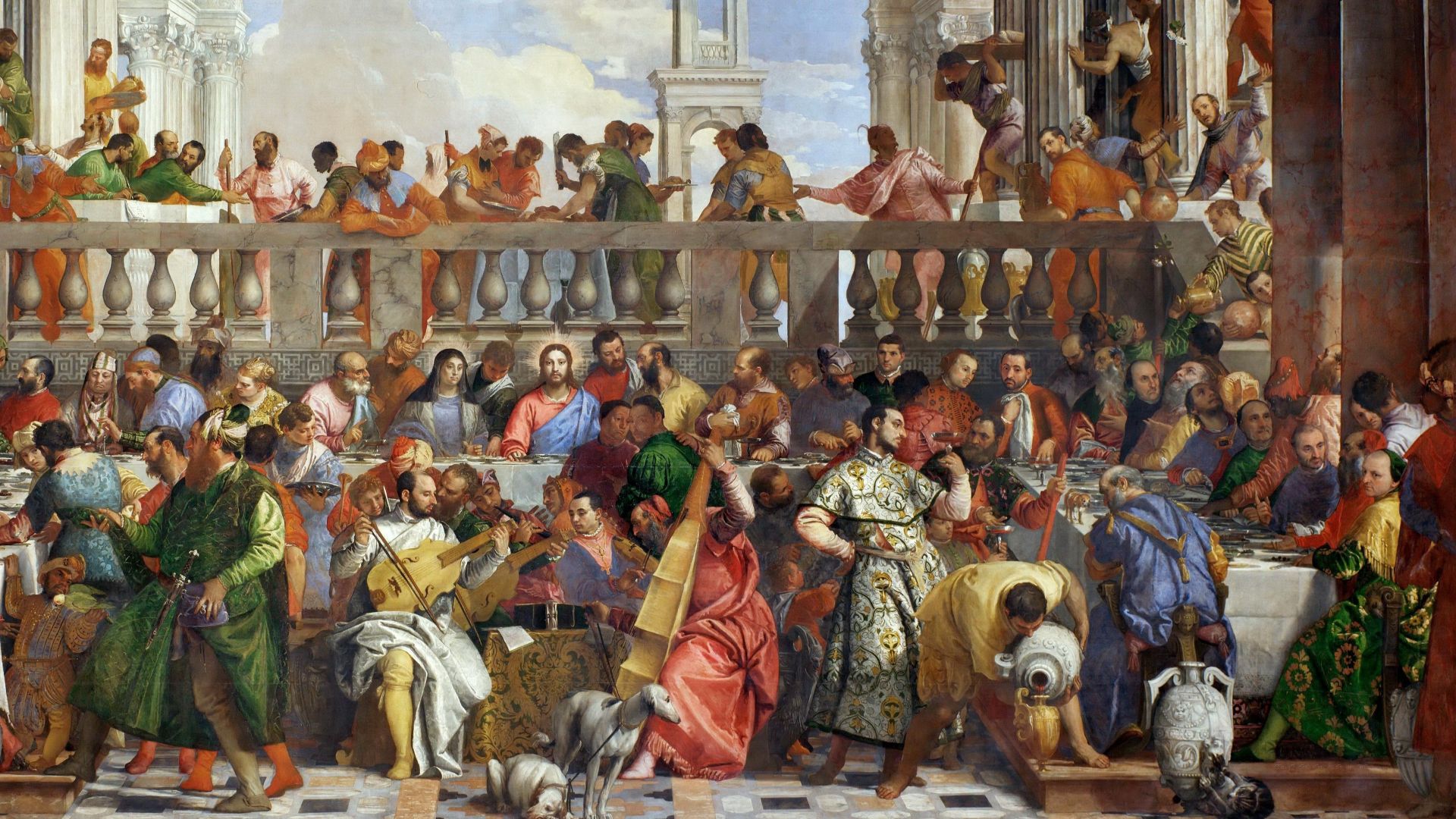 Unknown photographerUnknown photographer, Wikimedia Commons
Unknown photographerUnknown photographer, Wikimedia Commons
Who Is Dr. Tom McCollough?
Dr. McCollough is a retired professor from Centre College and director of excavations at Khirbet Qana. With decades of fieldwork experience, he has helped document the site’s layers, identify the cave shrine, and bring its findings into scholarly and public conversation.
The Role of Early Christian Memory
Early Christians didn’t just preserve scripture—they preserved places. Sites like Khirbet Qana show how memory was made tangible through shrines, altars, and carved inscriptions—thus helping believers connect with the stories they heard and read.
 In search of the real Cana, where Jesus turned water into wine, Sergio & Rhoda in Israel
In search of the real Cana, where Jesus turned water into wine, Sergio & Rhoda in Israel
A Quiet Revolution in Biblical Archaeology
Sites like Khirbet Qana are shifting how we understand the world of the New Testament. Instead of relying solely on tradition, archaeologists now use texts, geography, and material culture to identify locations—bringing fresh eyes and insight into ancient stories we once thought we knew.
 “Faith Journeys with God in the Land” Part 65 - Jesus at Cana, John DeLancey
“Faith Journeys with God in the Land” Part 65 - Jesus at Cana, John DeLancey
Local Response to the Discovery
While not yet a tourist hub, Khirbet Qana has drawn attention from local authorities, scholars, and faith communities. There’s growing interest in preserving the site and potentially developing it as a destination for historically minded pilgrims.
 In search of the real Cana, where Jesus turned water into wine, Sergio & Rhoda in Israel
In search of the real Cana, where Jesus turned water into wine, Sergio & Rhoda in Israel
What This Means for Future Pilgrims
If more evidence comes to light that supports Khirbet Qana as the true Cana, future pilgrims may end up splitting their visits between tradition (Kafr Kanna) and archaeology (Khirbet Qana). Both offer different lenses: one shaped by centuries of faith, the other by the pursuit of historical truth.
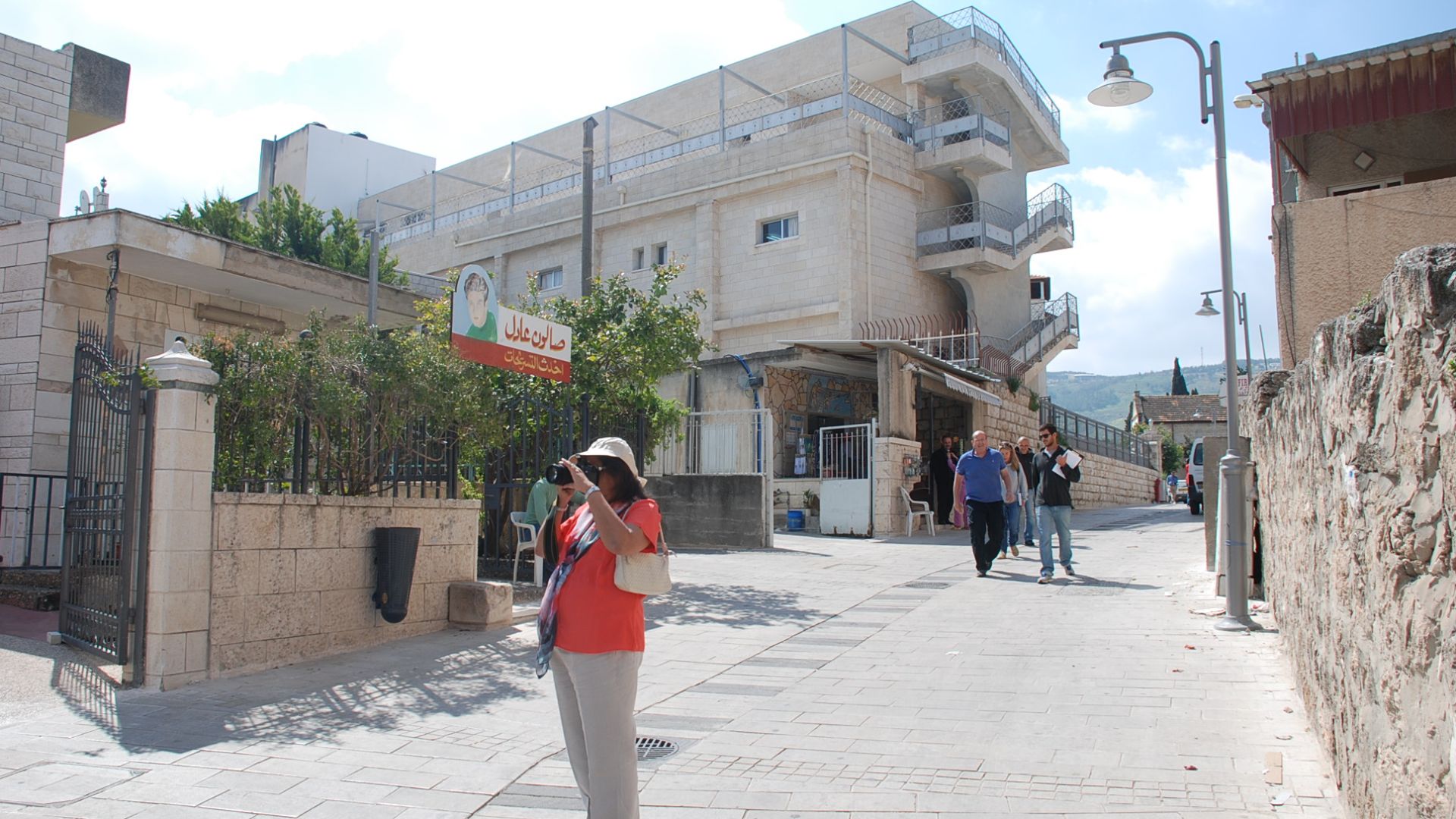 Stéphanie Gromann, Wikimedia Commons
Stéphanie Gromann, Wikimedia Commons
You Might Also Like:


